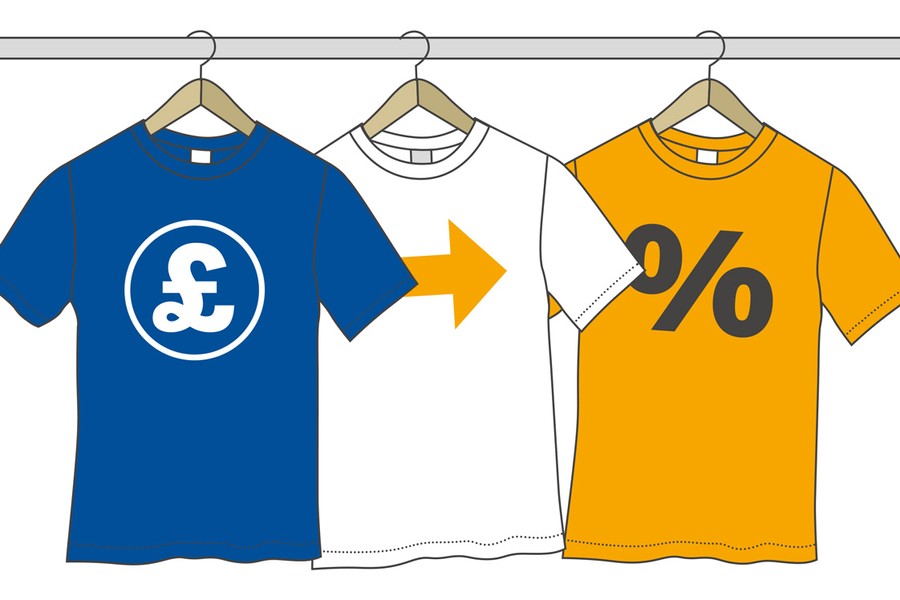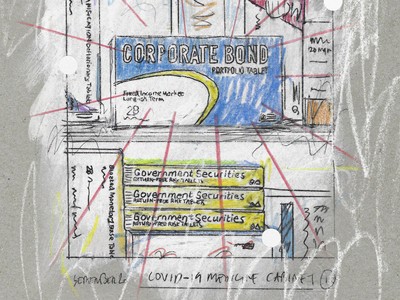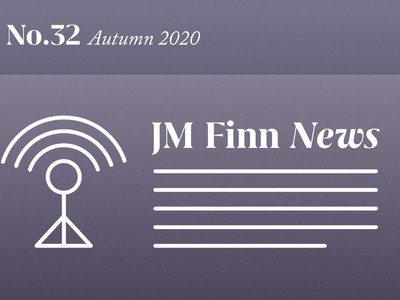Visa is a network provider for the payments processing industry, which in a nutshell, means they provide the ‘pipes’ and the ‘infrastructure’ to transfer money from banks to acquirers.
Within the payments ecosystem, banks (such as Lloyds and Santander) issue cards and hold consumer relationships. Networks (such as Visa and MasterCard) provide the infrastructure for payments to be made from consumers to merchants; or more precisely banks to acquirers. Acquirers (such as Worldpay) hold the relationships with merchants.
In 1958 Bank of America (BofA) had the idea to drop unsolicited cards around areas of America in which they had significant market share. These cards were designed to transfer money between BofA account holders. A number of smaller banks formed a consortium which would replicate the model using a newly formed intermediary called ‘Mastercharge’ - now MasterCard - to process transfers between banks and accounts. In response to this, BofA partnered with a number of banks using their own spin out, Visa, to compete.
Today Visa make c.44% of revenues from the US, c.28% from APMEA (Asia-Pacific, the Middle East and Africa), c.20% from Europe, c.5% from Latin America and c.3% from Canada. In terms of reporting divisions, they make around two thirds of revenue related to transaction processing and a third from cross-border transaction fees.
Despite their humble beginnings, Visa, and to a lesser degree MasterCard, now dominate the market with global relationships between issuers and acquirers. Market shares can be most easily understood by the number of cards globally. As of the most recent data, Visa host c.3.2 billion cards, MasterCard c.1.8 billion, AMEX c.113 million, JCB c.114 million and Discover Diners Club c.58 million.
To understand how Visa generates revenue, attention must be given to the four party payments system. This can be explained by a simple transaction of a consumer buying a t-shirt from a retailer. The flow of money begins with the retailer that has accepted the transaction and inputs this order into their acquirers system (i.e. the shop assistant typing the value into the card machine and pressing ‘enter’).
The acquirer then sends a message to the network (e.g. Visa) associated with that card to request payment. The network subsequently sends a message to the issuers and, should sufficient funds be available, the issuer then asks the consumer to type in their pin code to verify that the transaction is legitimate.
Visa has been able to maintain its strong competitive advantage over many decades due to the ‘network effect’.
A typical transaction costs the retailer 1% with revenues split 50/25/25 between the issuer, acquirer and network. So a £10 t-shirt would see 5p go to the issuer, 2.5p go to the acquirer and 2.5p go to the network. The issuer takes the largest share of revenue because they are the ones that take credit risk, but competition in the bank industry remains intense.
Visa has been able to maintain its strong competitive advantage over many decades due to the ‘network effect’, where the value of its service increases with their use. This is created by the requirement to hold relationships with both issuing bank and acquirers – Visa’s two-sided network. Issuers’ do not want to select a network that does not hold relationships with acquirers globally and, acquirers, will not develop and maintain relationships with networks that do not boast a significant card base.
Whilst past performance is not a guide to future results, growth rates have been stellar for Visa, its revenue and operating profit have compounded by +12.6% and +13.6% p.a. respectively for the past five years. This has been driven by consumers globally moving more of their spending habits from physical locations (i.e. shops) to digital - Visa’s digital share is nearly 3x that of physical! Digital spending only accounts for c.14% of total global retail spend, so Visa still has a substantial growth runway from the move to e-commerce.
Outside of the $25tn global retail market, there lies a larger opportunity for Visa. They estimate that $185tn worth of global payments are transacted via antiquated methods of cheque, bank wires and ACH transfers (e.g. BACS). These methods have a number of flaws, which cause huge frustrations to businesses such as cost, inefficiency and untimeliness. Through the development of local (country) real-time payment infrastructure, Visa is building service and application software layers on top of this to enable real-time payments cross-border to help solve these issues. Such services will however take time to achieve scale and whether they become a meaningful contributor to Visa’s revenues have yet to be seen.
A considerable near-term issue for Visa’s current cross-border business is unsurprisingly from the impact of Covid-19. The company now expects revenue growth in its second quarter to be between 2.5-3.5 percentage points lower than the “low double-digit” growth level it had forecasted pre-Covid-19. Declines in cross-border payments also have an outsized impact on profits for Visa as they typically make a much higher margin on transacting them versus domestic payments. Whether cross-border transaction volumes recover is largely dependent on the trajectory of the pandemic; the outlook of which remains uncertain.
Illustration by Adam Mallett




